Here are Science Sparks we’re passionate about making science fun for kids and where better to have fun than the kitchen! Have you ever wondered how a bowl of cookie dough turns into a crisp delicious biscuit or how thick, stretchy dough becomes light fluffy bread? It’s all about the science! The science of baking is quite complex, there’s probably a lot more going on than you realise.
If you’ve ever accidentally forgotten the baking powder or baking soda, you probably didn’t get the light airy dough you were hoping for and too much baking powder gives a funny taste. Baking is all about getting the amounts of each ingredient and the cooking time and temperature right for your bake.
I’ve got five Bake Off masterpieces ( or not ) which are perfect for exploring science in the kitchen.
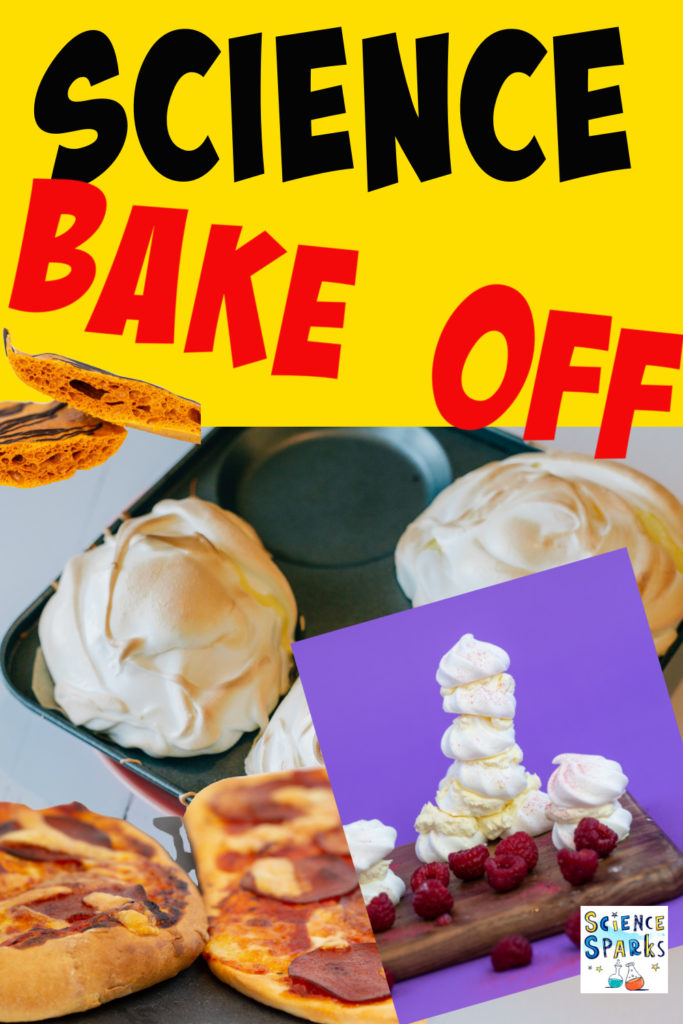
Plant Cell Pizzas
I know it doesn’t sound very appealing, but just look at this!
Making pizza dough is a brilliant way to learn about yeast. Without this clever ingredient your pizza base would be flatter than a pancake with no baking powder.
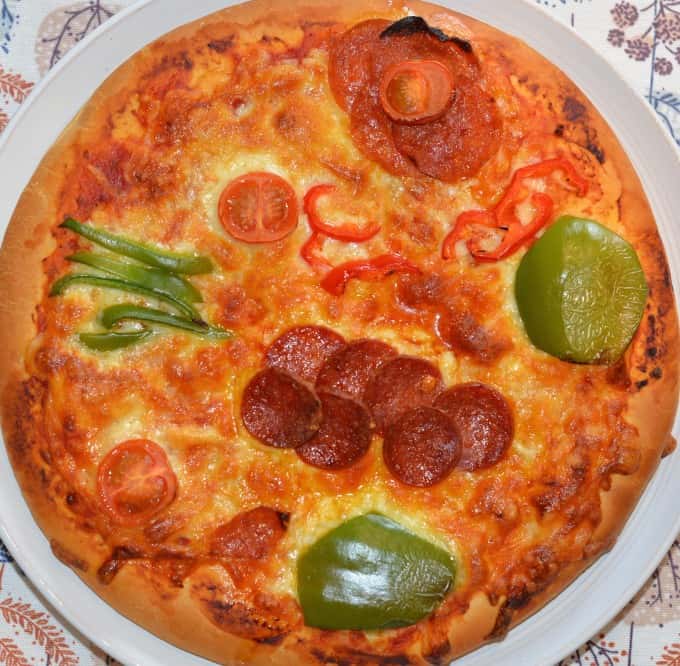
Baked Alaska
Baked Alaska is one of those dishes that always seems too difficult to make, but with a bit of preparation ahead of time it’s a super easy and very impressive dessert.
The idea behind a Baked Alaska is that it’s a hot dessert fresh from the oven with a cold, ice cream centre. How does it work? The answer is in the meringue. Meringue is full of air bubbles which allow it to act as an insulator around the ice cream protecting it from the heat of the oven. Luckily meringue doesn’t take long to bake so the ice cream remains frozen. YUM!!
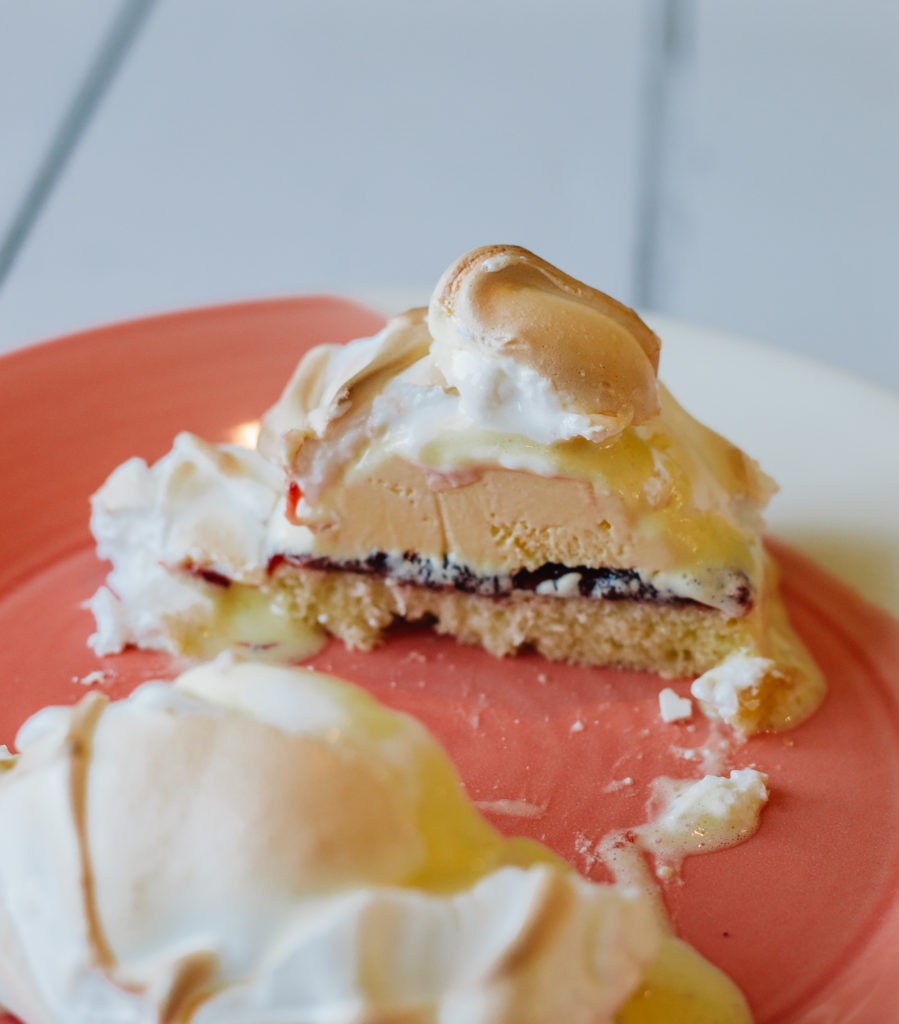
Meringue Tower
Find out why egg white transforms so magically into meringue with these easy meringue towers. Add cream and fruit to make a delicious dessert.
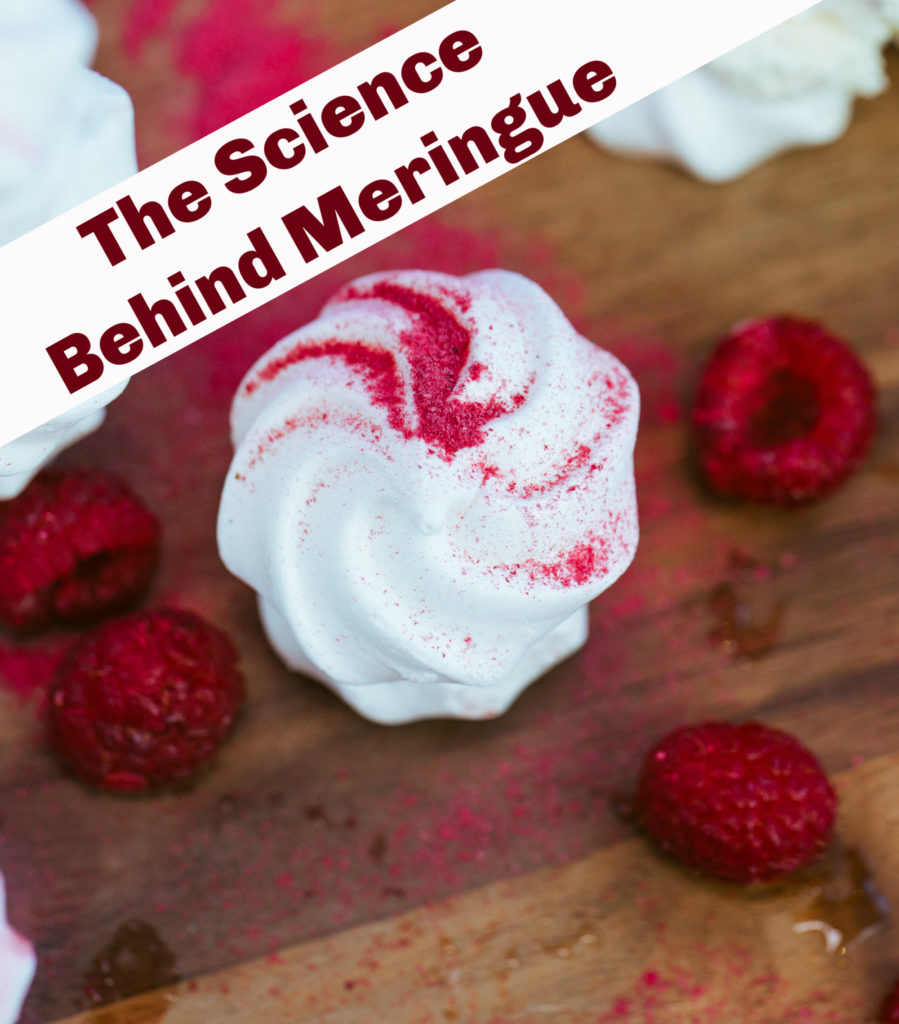
Honeycomb
Honeycomb is very easy to make and tastes delicious. The key ingredients are golden syrup which gives honeycomb it’s distinctive colour and baking soda which gives it a bubbly texture. Try our easy honeycomb recipe to make your own tasty treats. Will you crush it and sprinkle over ice cream or add your own toppings?
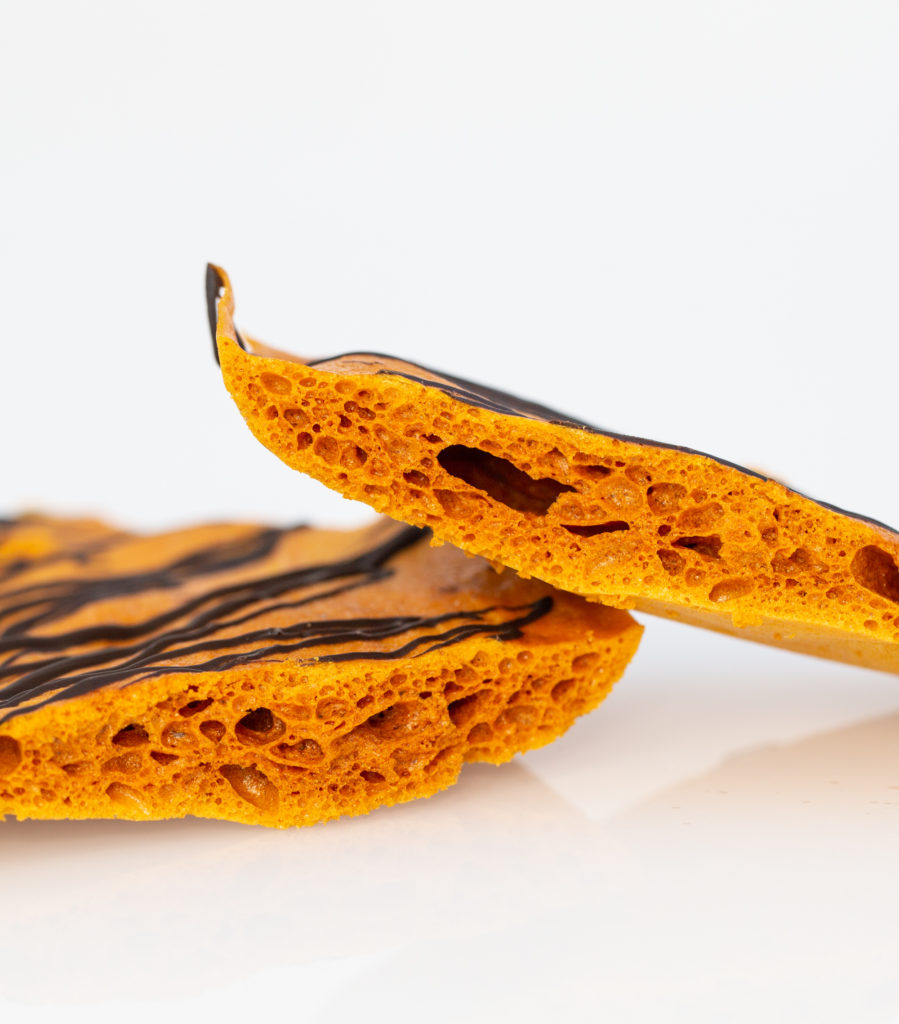
Make your own butter
Butter is used in lots of baking recipes, but did you know you can make your own butter from cream?
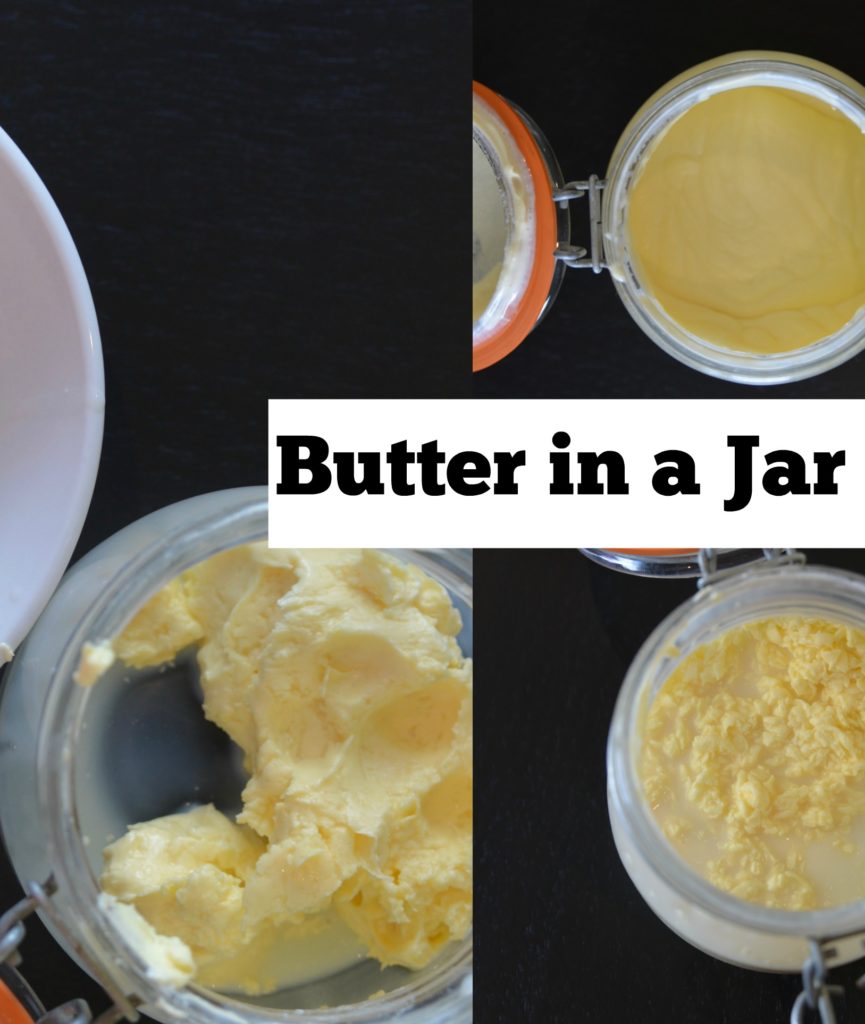
Science of Baking – Bake a Cake
There’s a huge amount of kitchen science in cake baking. The end result depends on the combination of ingredients and how they are cooked.
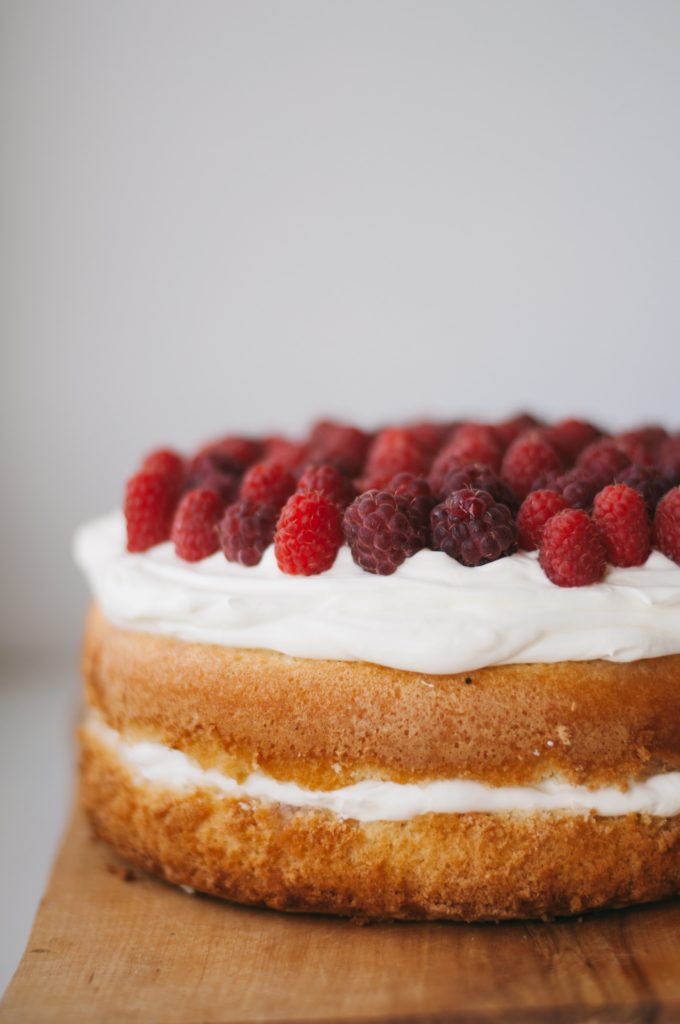
Flour in a Cake
Most cake recipes use wheat flour. When water is added to flour, gluten forms. Gluten is a strong, stretchy protein which gives structure and shape to baked items.
Gluten is made up of two proteins gliadin and glutenin. When bread is made they form strands which link together to form a network. It’s this gluten network that strengthens the dough and creates pockets of air helping to give bread its light airy texture.
When you knead dough you’re making the gluten network stronger. If you don’t knead enough and the gluten network is weak the bread will flop and if you over knead making the network too strong the dough won’t rise enough.
Top Tip – High protein flours are good for making bread, which is why bread flour isn’t great for cake making. Bread flour has a higher protein content than standard self raising flour. Flour with a low protein content is best for cakes and pastries that you want to crumble.
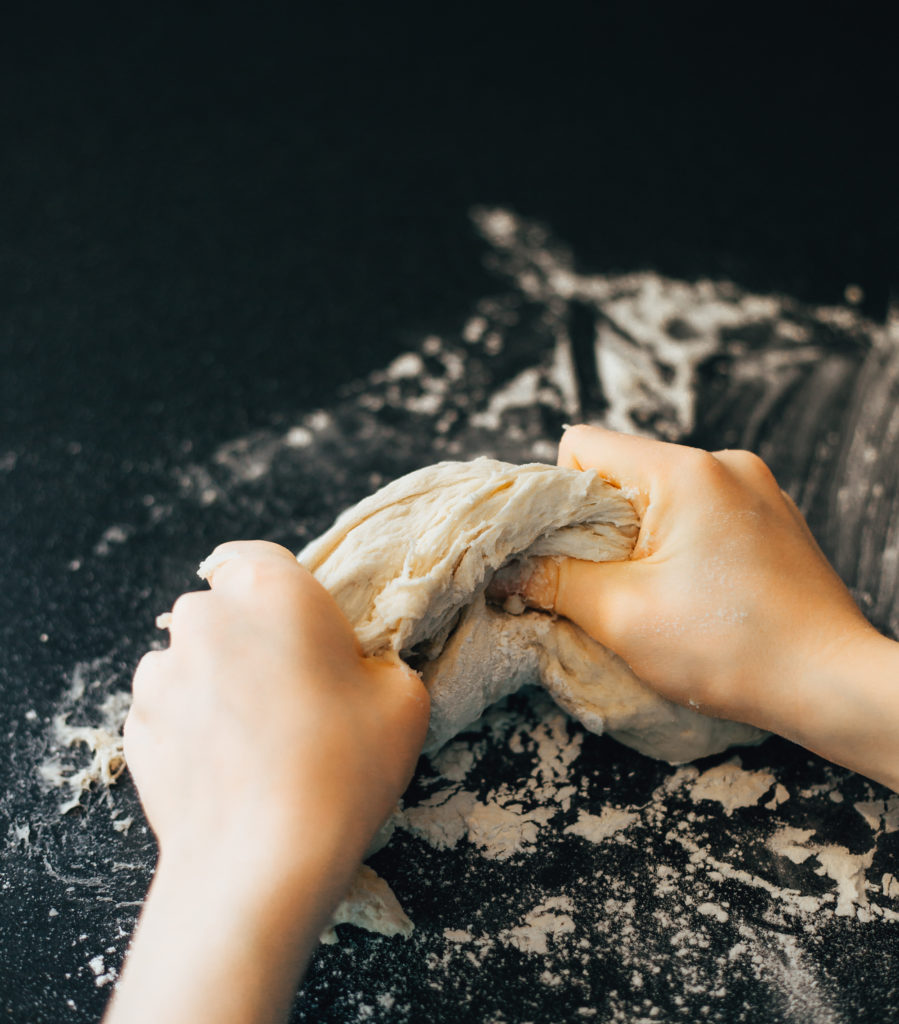
Leavening Agents
A leavening agent is something that makes a cake or dough lighter by adding air to the mixture. Baking soda, baking powder and yeast are all example of leavening agents.
How does yeast work in baking?
When yeast is used in bread making it uses sugar for a process called respiration which releases carbon dioxide. It’s these bubbles of gas that make the dough rise.
Baking Soda as a Leavener
Baking Soda ( bicarbonate of soda ) reacts with acidic ingredients in the mix. Recipes which use baking soda often also have a cider vinegar or another acid to react with the baking soda. The reaction between baking soda and an acid also creates carbon dioxide.

Steam as a Leavener
Steam is also a leavening agent. Ingredients such as butter contain water, when heated the water turns to steam and expands, making the mixture rise.
Eggs to add air into a mixture
If you’ve ever made meringue you’ll know that whipping up egg whites adds air into the mixture. When baking a cake you don’t want as much air as in meringue, but if egg whites are whipped a little and carefully folded into cake batter the bubbles in the egg add air to the mixture. Air expands when heated which makes the cake lighter and fluffier.
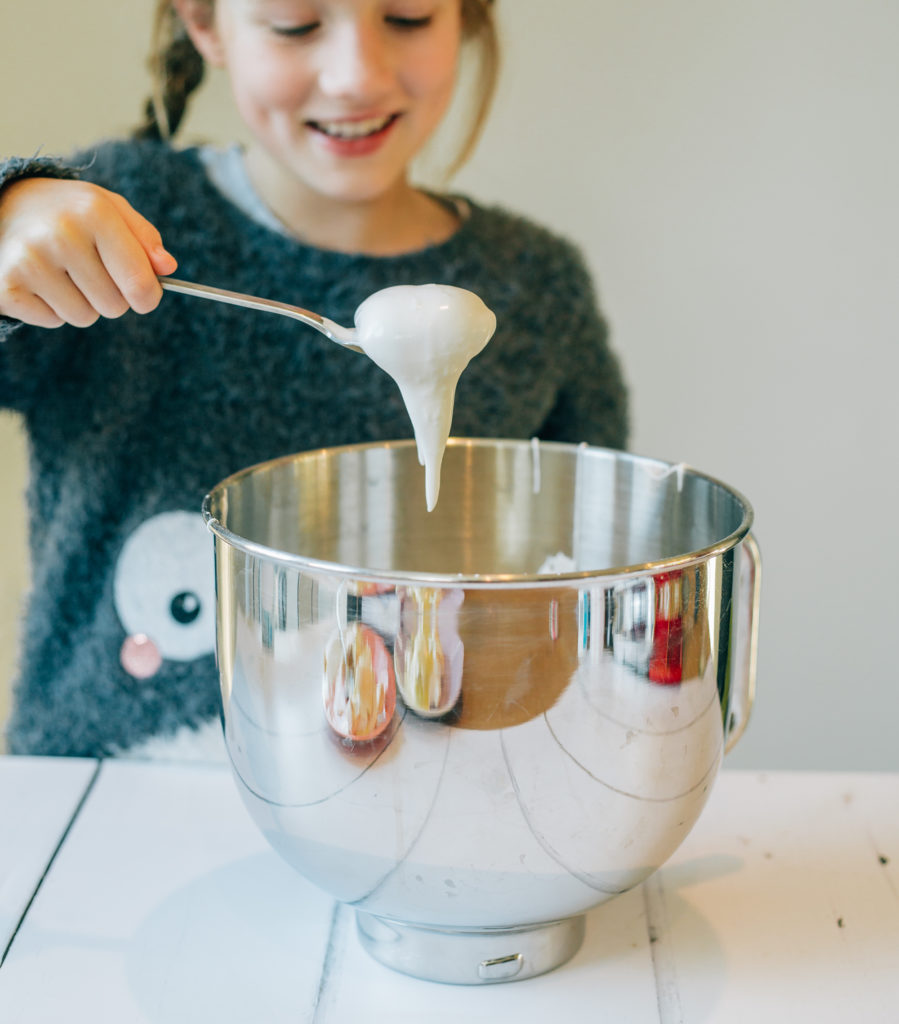
Egg as an Emulsifier
Egg yolks contain a protein called lecithin which binds the cake together. This is because lecithin is an emulsifier, it allows fats and water to mix ( they usually repel each other ).
Sugar and the Maillard Reaction
You might think sugar just makes a cake taste sweet, but it’s also responsible for how a cake smells and how it browns. A reaction between amino acids ( building blocks of proteins ) and sugar produces flavour and the brown colour you see when a cake is fully baked. This reaction is called the Maillard reaction.
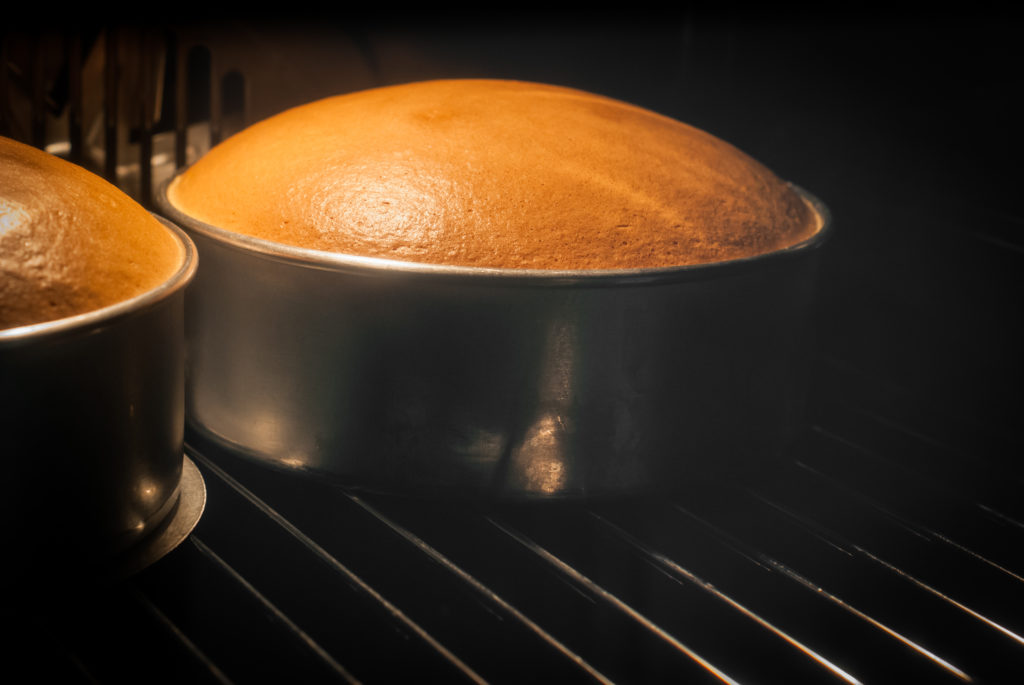
That’s it, five great Science Bake Off Masterpieces and five great ways to learn in the kitchen!
If you’d rather something less sweet, try my three course meal of science!
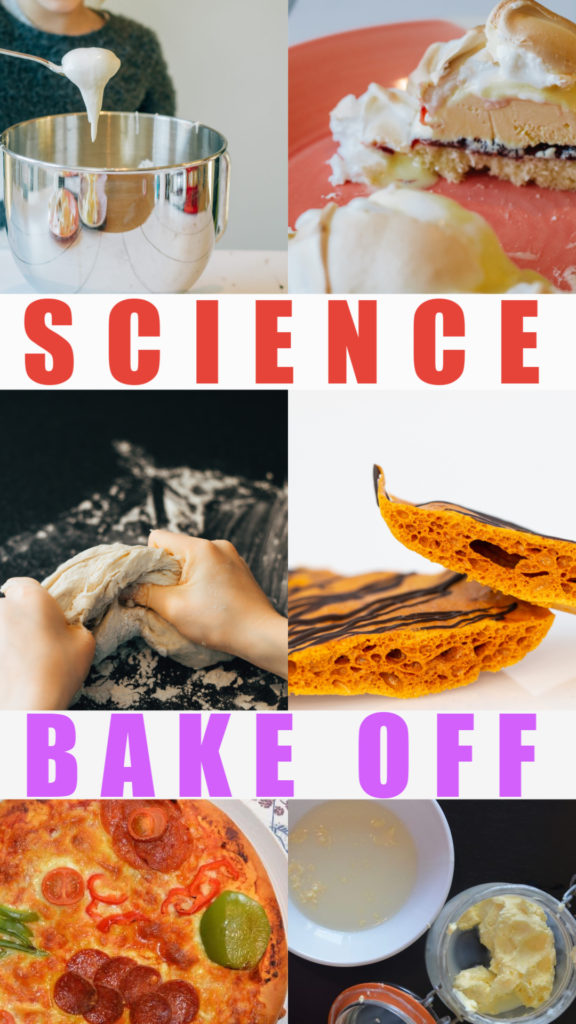
If you enjoyed this post you’ll love my brand new book Snackable Science which is bursting with delicious edible experiments.
Snackable Science contains 60 easy edible experiments for kids, including making your own sour sherbet, homemade jelly babies, cell model cupcakes and lots more edible science experiments.
Last Updated on September 19, 2024 by Emma Vanstone

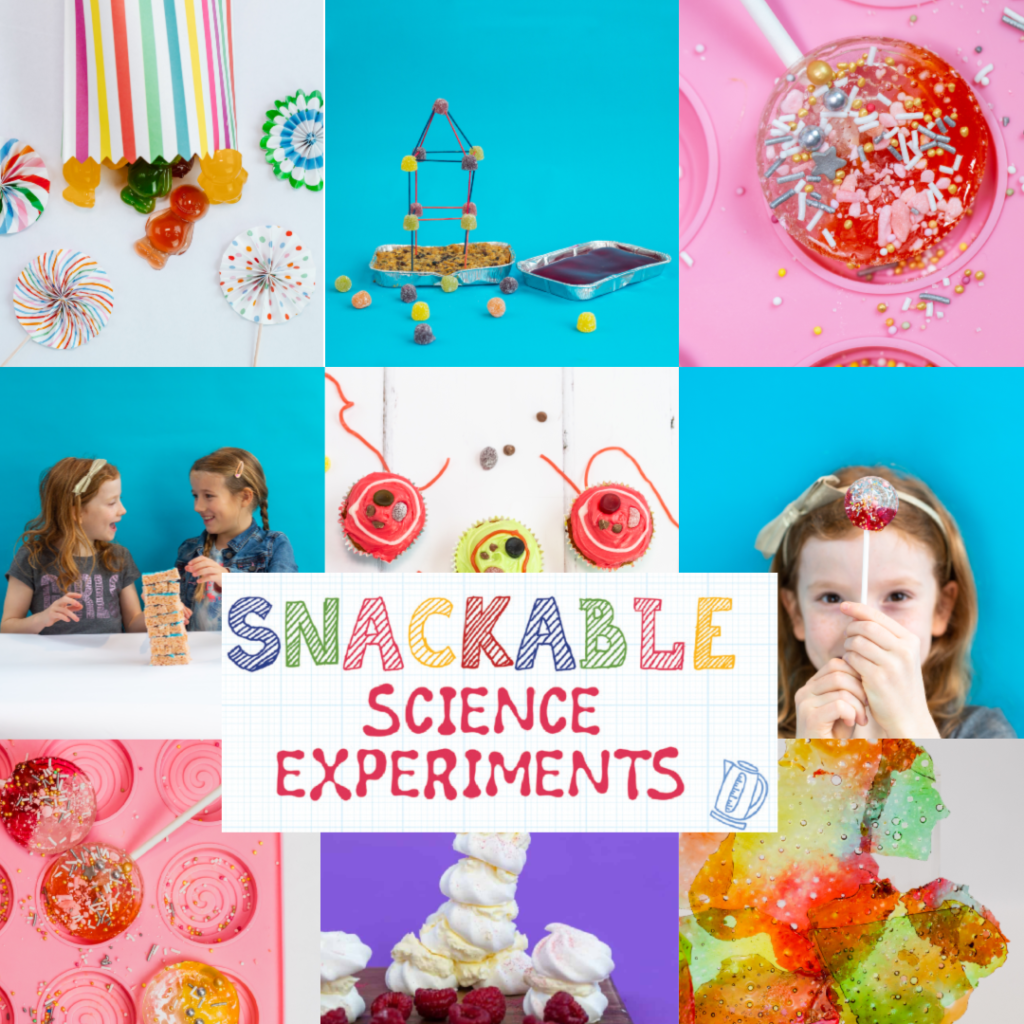
Leave a Reply